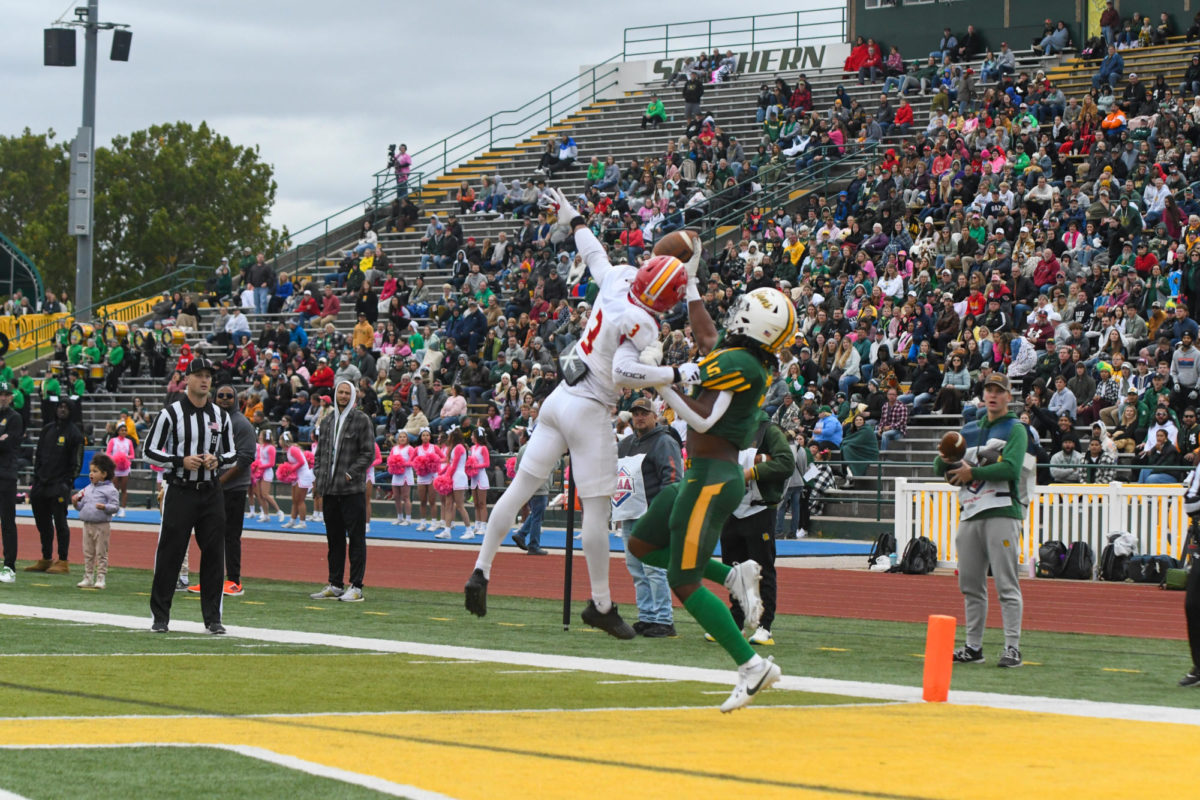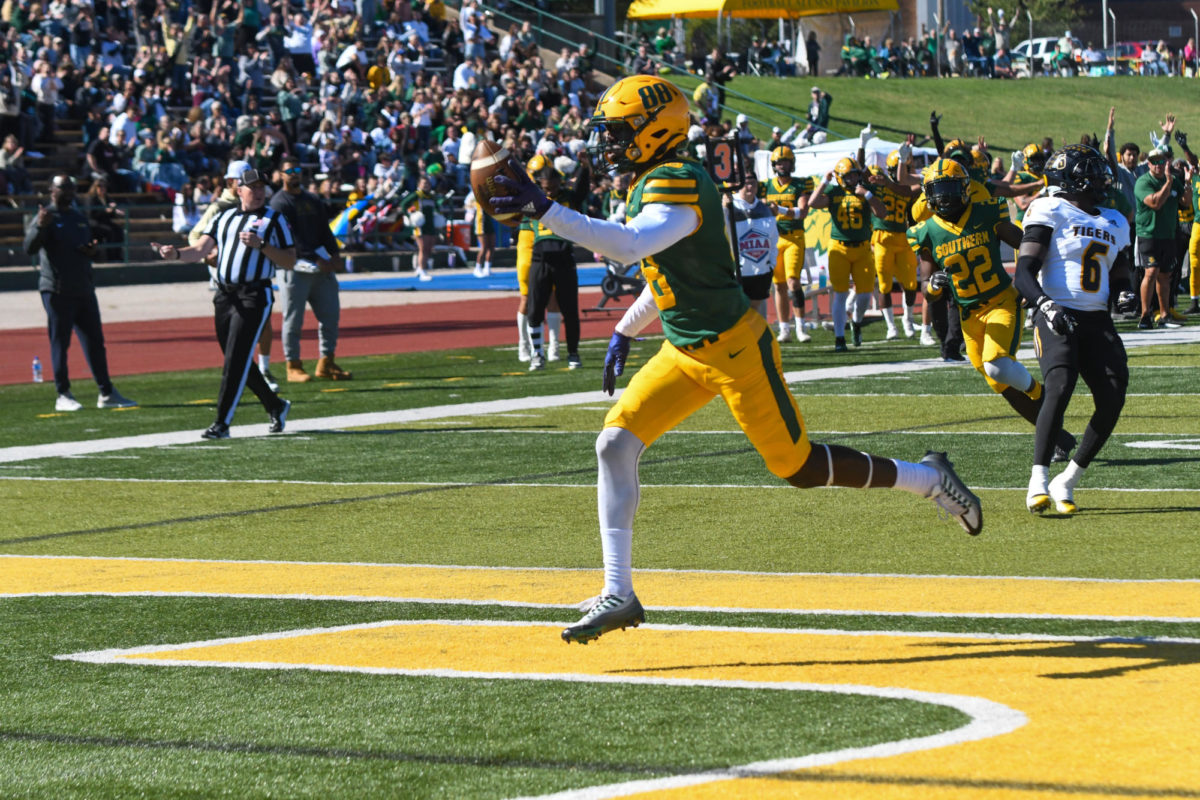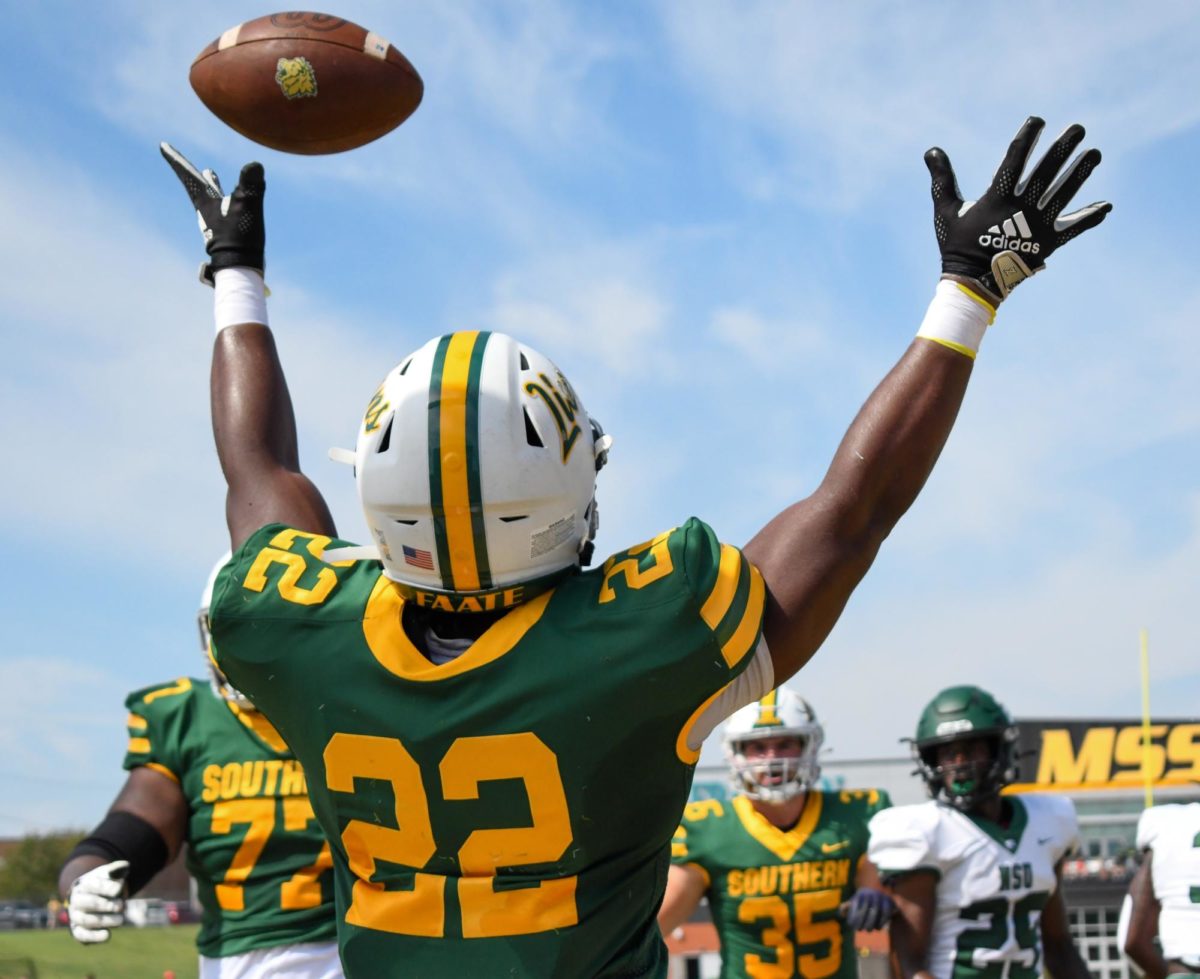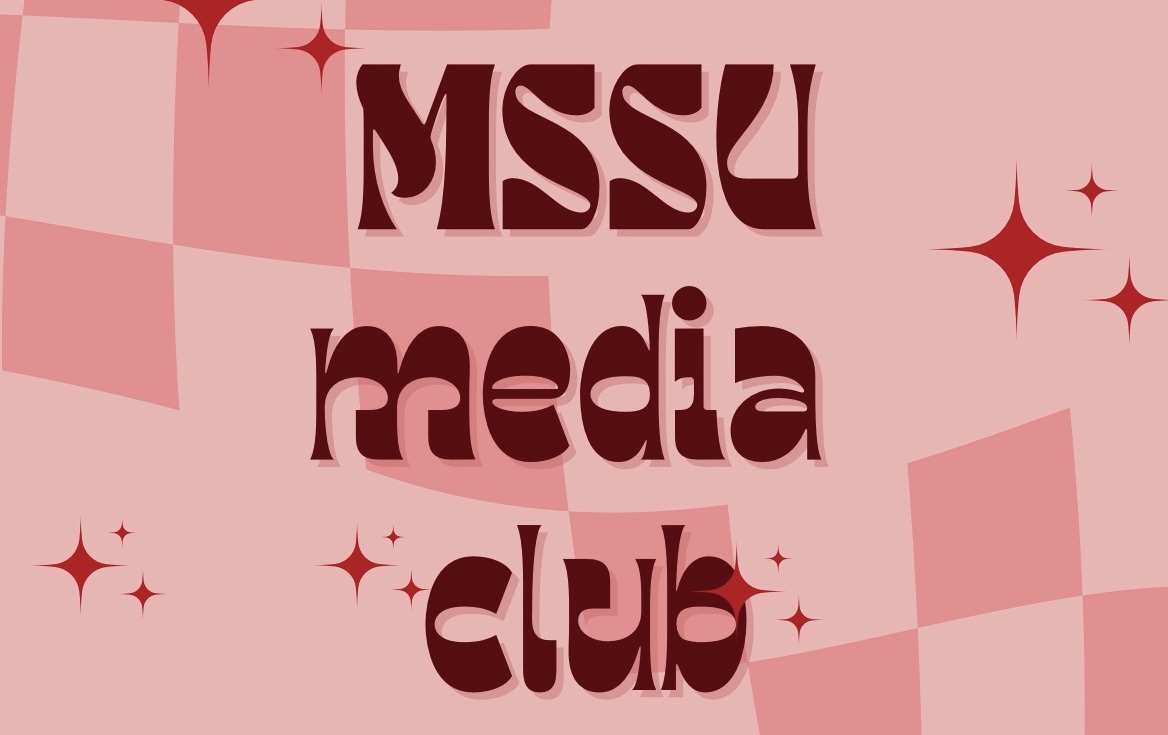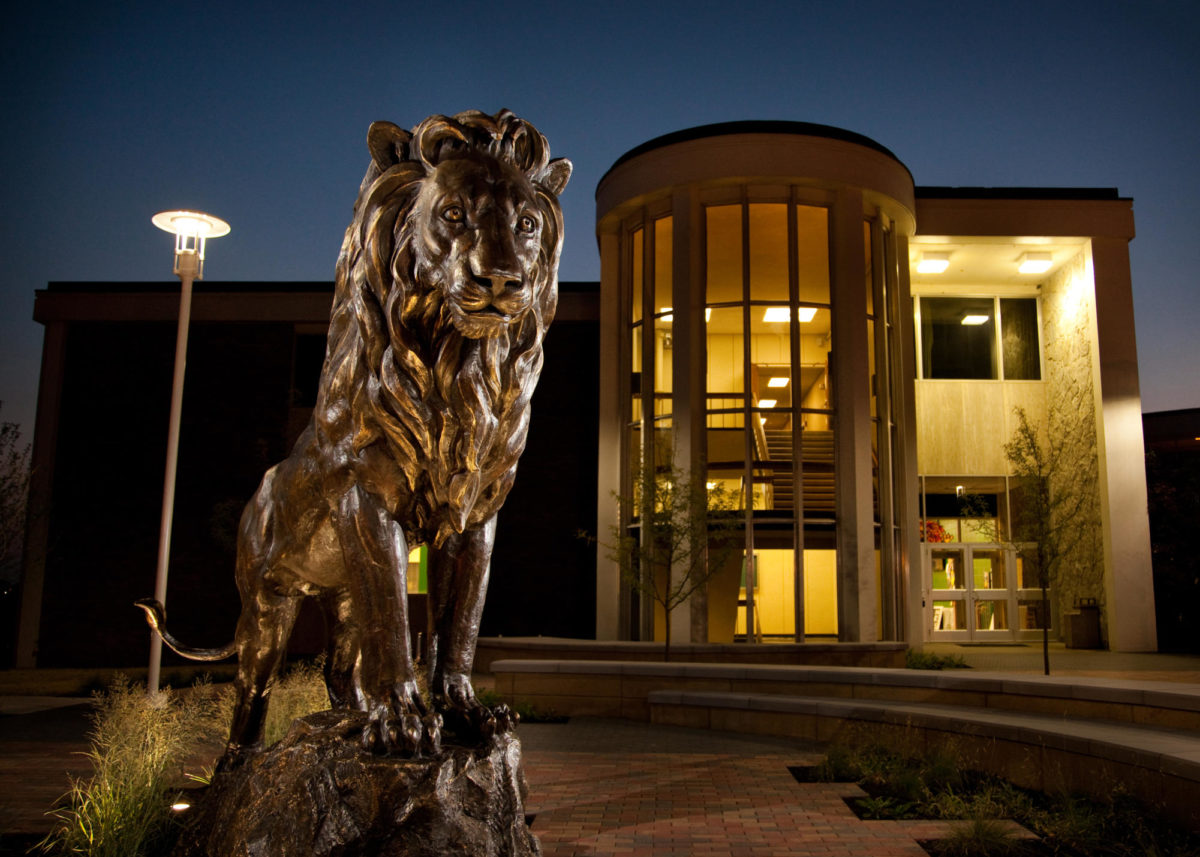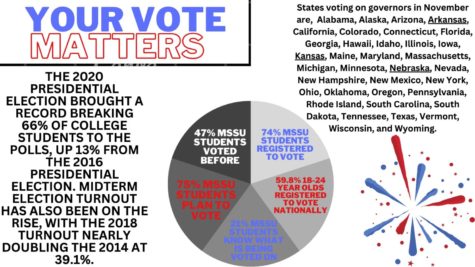Two flags represent one China
Since the start of this semester, national flags have been fluttering in front of Webster Hall, representing the countries of the international students at Missouri Southern – Gambia, Nepal, Kenya, Japan, France, Germany, Canada, Saudi Arabia, Brazil, and Egypt among others. But two of the flags represent China; one is the red one with five yellow stars, representing the People’s Republic of China (PRC), capital city Beijing; and the other one is the red and blue flag with a big white star at upper left corner, representing the Republic of China (ROC), and its capital, Taipei.
Why two Chinas? For decades, this political and historical issue has been under constant discussion and controversy.
After China’s two-year civil war from 1947 to 1949, the Communist Party took over the throne, and the mainland regime officially became the People’s Republic of China (PRC). The defeated Nationalist Party fled to Taiwan, creating the Republic of China (ROC).
Until the 1970s, ROC and the United States were inextricably chained together, not only because of the antifascist Allies, but their similar capitalist ideology.
Nevertheless, in 1972, after 76 countries voted yes, 35 countries voted no and 17 other countries abstained, Beijing eventually replaced Taipei as the official representative of China in the United Nations.
Seven years later, in 1979, a historic bilateral document, the Joint Communique was signed.
This document is regarded as the landmark of the new era of the Sino-America relationship.
It states, “The Government of the United States of America acknowledges the Chinese position that there is but one China and Taiwan is part of China.”
In spite of this clear international position, at Southern, ROC’s flag flies at the top of a pole, seeming to indicate that Taiwan is an independent sovereign nation equal to the PRC.
But it seems that only few at Southern have noticed this ambiguity. Glancing at the ROC flag, freshman mass communication major Daniel King commented, “I don’t know what that flag stands for. I just know that one [the PRC red flag] stands for the traditional China.”
King added, “I’ve never heard about the two different definitions of China. I never cared about if Taiwan has its own flag.”
Like King, most students have no idea what the “Taiwan Flag” stands for. It seems ignorance of international politics is fairly common. Jace Waggoner, also a freshman mass communication major, said he doesn’t care about politics at all.
While it appears that Southern has made an unconscious mistake rather than purposely supporting Taiwanese independence, the administration’s obscure gesture triggered a heated discussion in the mainland Chinese students group. Some labeled this action as an “irresponsible provocation.”
They criticize the attitude behind a series of current deals between Washington and Taipei, including the $6.4 billion arms sale in January.
They questioned a Chinese newcomer on campus who posted a photo of the ROC flag on Facebook out of curiosity, asking him his purpose for making the post and criticizing the decision. They told the student he should not have posted the photo because it might confuse outsiders who might not understand the significance. Their sensitive patriotism is aroused.
During the discussion, one student commented, “If only Wong was still here.” She was referring to a Chinese student who wrote a letter to the Chinese embassy protesting the presence of the flag of Taiwan. He became a hero when the flag was removed.
A Joplin area minister who served as a missionary in Taiwan disagrees with the hardline stance of the Chinese students. “I think the ROC’s flag should stay on the pole,” he said.
“I know that Taiwan doesn’t have a formal document to proclaim its independence as we did in 1774 to the United Kingdom, but we have to be aware that there is a clear distinction between Taiwan and mainland China. Taiwan is a capitalist region; Taiwan has a totally different government system; Taiwan has its own passport; Taiwan even has its own military force. We can’t hide this reality by taking down the flag from the pole.”
Though the minister, who asked that his name not be used, strongly insists on the legitimate acknowledgement of Taiwan, he is also concerned about the formal agreement made between the US and PRC.
He pointed out, “Actually, the core problem lies in the administration’s attitude. If this behavior is on behalf of a personal and private interest, then it’s perfectly fine, but if the flying flags speak for the governmental standpoint, then we must be careful of outraging the uprising country across the Pacific Ocean.”
Then what is the administration’s attitude? Director of the Institute of International Studies Dr. Chad Stebbins gives a firm and explicit response: “No political gesture is involved.”
He explained that there are only 12 poles, so only a selection of flags can be hoisted.
Another staff member, Stephanie Goad, international student advisor and exchange program coordinator, stressed that there are two students on campus from Taiwan, so they took this into consideration when picking out the flags.
Stebbins said, “I want the international students to feel proud when they see their national flags fly.”
Goad also denied the story of Wong, the Chinese hero.
“I don’t remember someone ever sent a letter to the Chinese embassy, and we have never been urged to take down the Taiwanese flag by the authorities. At least not in my tenure. “
In the end, Stebbins and Goad steadily reassert that there is nothing that could bring down the Taiwan flag from the pole.
Within a week, however, the flag representing Taiwan had been exchanged for the flag of Great Britain. Stebbins said, “There is no political intention in that. There is no need to make this into a bigger problem. It’s just the rotation.”
He explained, “I told them to find a Netherlands flag, but they didn’t have it, so we chose the Great Britain flag. As I said, the flags are in the rotation; we try to make all the international students from over 30 countries feel proud.”
Stebbins said the Taiwanese flag will probably return to the rotation.
Lin Yen-Wen, an exchange student from Nan Jeon Institute of Technology of Taiwan, is one of two Taiwanese students on campus this semester.
“I think we’d better leave this question to the future,” he said. “The future can always give the best and impartial answer to the people on both sides of the Taiwan channel.”
“First and foremost, we are the citizens of God’s kingdom. This is all I am concerned about,” The former missionary added.
Your donation will support the student journalists of Missouri Southern State University. Your contribution will allow us to purchase equipment and cover our annual website hosting costs.










